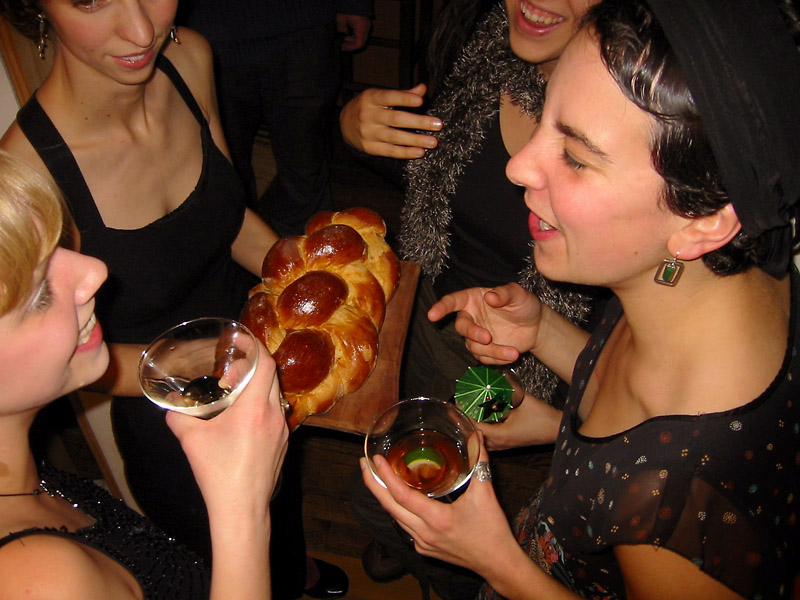The speech-in-noise problem
People often have problems understanding speech in noise, and this is one of the main deficits of hearing aids that our machine learning challenges will address.

It’s common for us to hear sounds coming simultaneously from different sources. Our brains then need to separate out what we want to hear (the target speaker) from the other sounds. This is especially difficult when the competing sounds are speech. This has the quaint name, The Cocktail Party Problem (Cherry, 1953). We don’t go to many cocktail parties, but we encounter lots of times where the The Cocktail Party Problem is important. Hearing a conversation in a busy restaurant, trying to understand a loved one while the television is on or hearing the radio in the kitchen when the kettle is boiling, are just a few examples.
Difficulty in picking out speech in noise is really common if you have a hearing loss. Indeed, it’s often when people have problems doing this that they realise they have a hearing loss.
“Hearing aids don’t work when there is a lot of background noise. This is when you need them to work.”
-- Statement from a hearing aid wearer (Kochkin, 2000)
Hearing aids are the the most common form of treatment for hearing loss. However, surveys indicate that at least 40% of hearing aids are never or rarely used (Knudsen et al., 2010). A major reason for this is dissatisfaction with performance. Even the best hearing aids perform poorly for speech in noise. This is particularly the case when there are many people talking at the same time, and when the amount of noise is relatively high (i.e., the signal-to-noise ratio (SNR) is low). As hearing ability worsen with age, the ability to understand speech in background noise also reduces (e.g., Akeroyd, 2008).